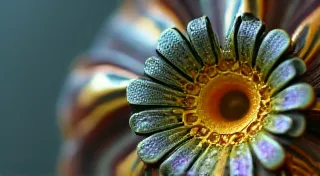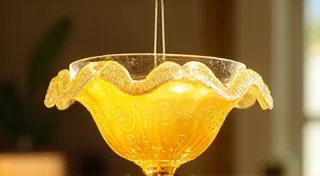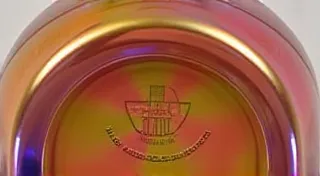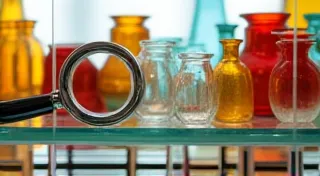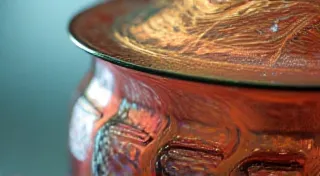A Deep Dive into 'Butter Yellow' Carnival Glass: Rarity and Appeal
Carnival glass, with its iridescent sheen and captivating patterns, holds a special place in the world of glass collecting. While many colors are beloved, 'butter yellow' stands apart – a particularly sought-after and often elusive hue. This article explores the unique appeal of butter yellow carnival glass, delving into its rarity, identifying characteristics, and why it commands such admiration within the antique glass community.
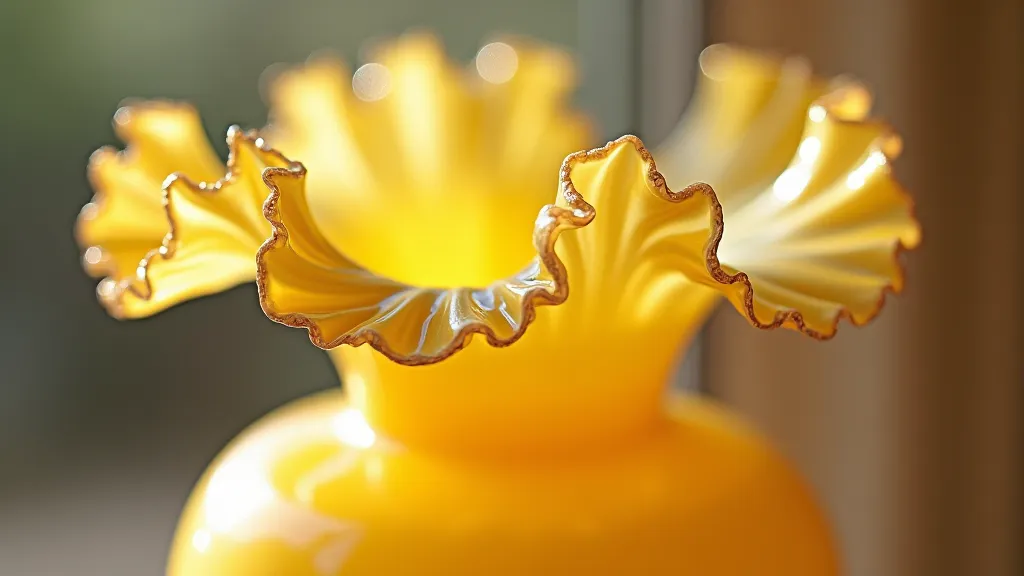
Understanding the Color: What is 'Butter Yellow'?
The term 'butter yellow' doesn’t refer to a precisely defined shade. It describes a range of yellows within carnival glass, typically leaning towards a soft, creamy, or pale yellow, sometimes with subtle hints of green or orange. The color isn’t inherently produced through the glassmaking process itself. Instead, it's the result of the specific combination of the original glass composition (often a relatively high iron content) and the metallic oxide surface treatments applied during manufacturing. These treatments react with the glass over time, creating the characteristic iridescence and contributing to the yellow coloration. The techniques used to create this iridescent effect are fascinating, and for those wanting to understand more about how carnival glass was produced, exploring the broader history of carnival glass manufacturing and history can be enlightening. This process, and the unpredictability of it, contributes significantly to the rarity of certain colors like butter yellow. Understanding the fundamental chemistry involved is crucial to appreciating the unique qualities of these pieces.
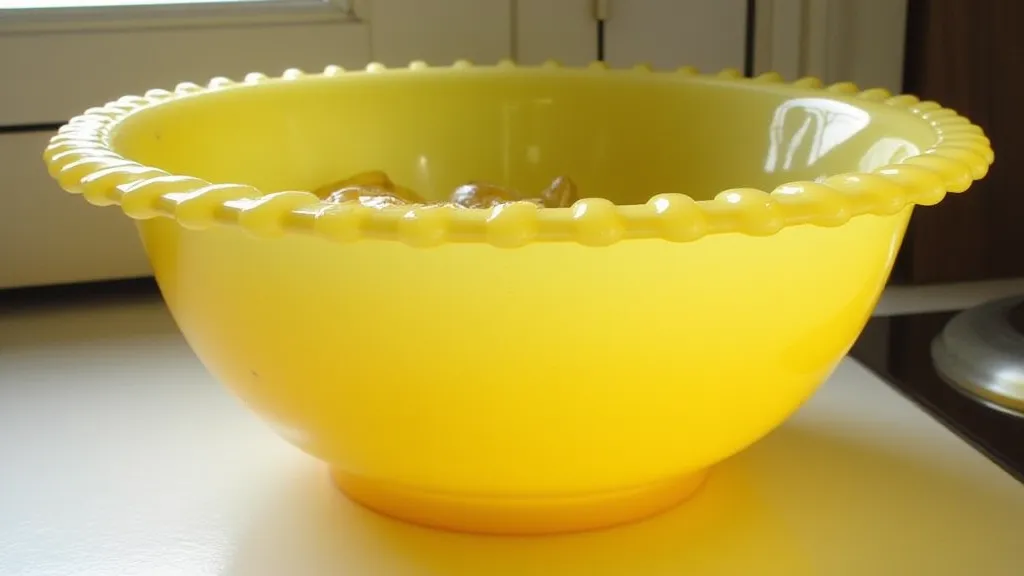
Why is Butter Yellow So Rare?
The scarcity of butter yellow carnival glass is largely attributed to the specific production circumstances and the fleeting nature of color development. Several factors contributed to its limited availability:
- Specific Batch Control: Achieving the correct color in carnival glass relied heavily on batch control - consistently mixing the correct proportions of raw materials. Creating a consistent 'butter yellow' was exceptionally difficult and likely wasn’t prioritized. The subtle variations in the glass recipe and application methods often resulted in unpredictable outcomes. It’s a delicate balance, and even slight deviations could drastically alter the final result.
- Surface Treatment Variations: The metallic oxides used to create the iridescence weren't always applied uniformly, and the reaction with the glass was unpredictable. The artistry involved was considerable, and replicating specific results consistently proved challenging. The glassmakers were, in essence, performing complex chemical reactions without the benefit of modern analytical tools.
- Production Runs: Butter yellow seems to have been produced in relatively short, infrequent runs, likely on a small scale. Records from the primary manufacturers (Northwood, Fenton, Imperial) are scarce regarding specific color production numbers. The limited production runs amplify its rarity and desirability among collectors. It wasn't a color that was intentionally and repeatedly produced due to the inherent difficulties in controlling the process.
- Time and Degradation: The color, like many carnival glass hues, can fade or alter significantly over time, further reducing the number of well-preserved examples available. Exposure to light and environmental factors can all influence the vibrancy of the iridescence. Proper storage and handling are critical in preserving the color’s integrity.
- Distinguishing from Iridescent Glass: It’s important to remember that not all iridescent glass is carnival glass. Knowing the distinctions between carnival glass and iridescent glass is vital for accurate identification and appreciation. This is particularly important for new collectors who may be unfamiliar with the nuances of glass terminology.
Identifying Butter Yellow Carnival Glass
While "butter yellow" is a descriptive term, accurately identifying it requires careful observation. Here are some key indicators:
- Color Hue: Look for a soft, pale yellow, leaning towards creamy or buttery tones. The subtlety of the color is a defining characteristic. The color isn’t a bold, vibrant yellow; it's a whisper of yellow that glows under the right light.
- Iridescence: The characteristic iridescent sheen should be present. The intensity of the iridescence can vary, but it is a defining feature. It’s the interplay of light and glass that creates the mesmerizing effect. The iridescence is what sets carnival glass apart and contributes significantly to its beauty.
- Pattern Combinations: Butter yellow is commonly found in popular carnival glass patterns like 'Milky Way', 'Finger Tip', 'Chrysanthemum', and 'Vine and Moss'. The patterns themselves add to the allure and collectability. Recognizing these patterns allows collectors to further refine their search and appreciate the artistry of the glassmakers.
- Body Markings: While not always present, identifying marks from Northwood, Fenton, or Imperial Glass can help confirm the origin and potentially add value. Knowing the distinguishing marks of these manufacturers is a valuable skill for any collector. For instance, collectors interested in Imperial glass specifically might find identifying Imperial carnival glass characteristics and marks particularly useful in confirming authenticity and provenance.
- Considering Peachblow: Sometimes, particularly when new to collecting, it’s easy to confuse butter yellow with peachblow. While similar in their soft coloration, they represent distinct aesthetic approaches. Exploring "Spotlight on 'Peachblow' Carnival Glass: A Collector's Dream" can help clarify these differences and appreciate the unique qualities of each color.
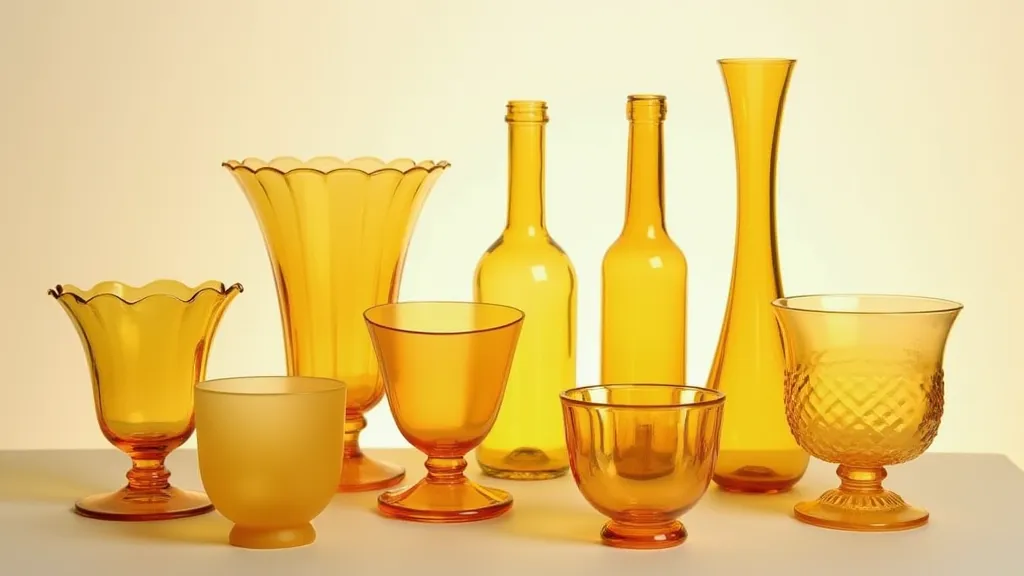
Value and Appreciation
Due to its relative rarity, butter yellow carnival glass commands a premium among collectors. Prices vary depending on the pattern, size, condition, and the presence of manufacturer's marks. A well-preserved butter yellow vase in a desirable pattern can easily fetch several hundred dollars, while larger pieces or those with unique characteristics can command significantly higher prices. The value isn’t merely about the material; it’s about the rarity, the artistry, and the history encapsulated within each piece. Understanding the factors that contribute to rarity, such as production methods and batch control, can inform a collector’s assessment of value.
Beyond its monetary value, butter yellow carnival glass is treasured for its beauty, historical significance, and the challenge it presents to collectors. It serves as a testament to the artistry and unpredictability of early 20th-century American glassmaking. The fleeting nature of the color itself, the unpredictable reactions of the glass during the manufacturing process, all contribute to its allure. For those passionate about the subject, learning about the broader context of this period can be deeply rewarding.
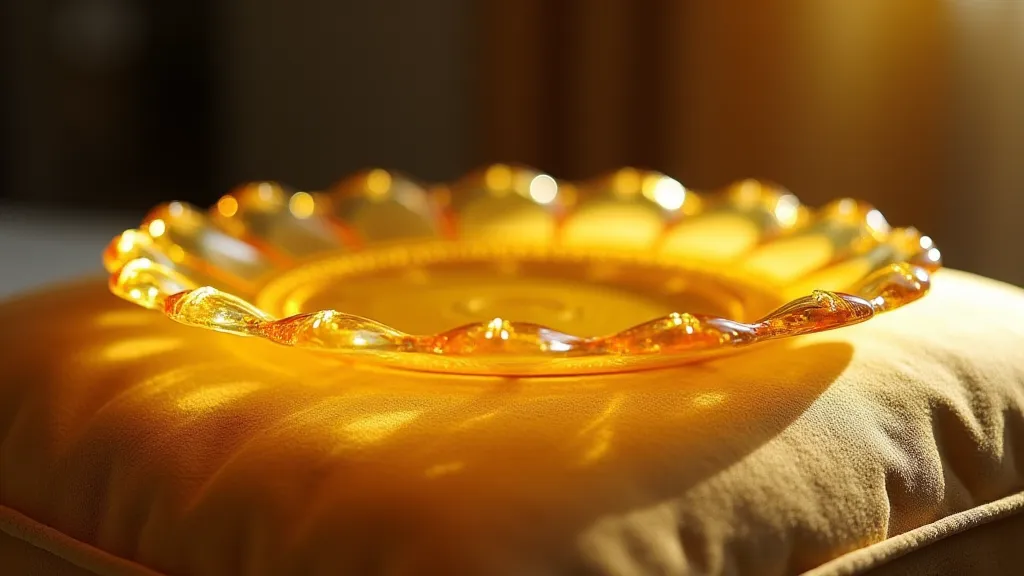
Delving Deeper: Common Patterns and Their Significance
Certain patterns seem to particularly lend themselves to the subtle beauty of butter yellow. Understanding the significance of these patterns not only aids in identification but also provides context for the era and the craftsmanship involved.
- Milky Way: This classic pattern, with its swirling lines, truly shines in butter yellow, creating an ethereal glow. The complexity of the pattern enhances the subtlety of the color.
- Finger Tip: The delicate, finger-like protrusions in this pattern create a textured surface that catches the light beautifully. The play of light on the texture adds dimension and interest.
- Chrysanthemum: The floral motif is enhanced by the warm, buttery tones. The delicate petals seem to glow from within.
- Vine and Moss: The intricate detailing of vines and leaves provides a striking contrast to the soft yellow hue. The pattern adds depth and complexity to the piece.
Preservation and Care
Proper care and storage are essential to preserve the beauty and value of your butter yellow carnival glass pieces. Avoid direct sunlight, which can fade the iridescence over time. Handle the glass with care, as it can be fragile. Consider storing pieces in acid-free tissue paper to prevent scratches and dust accumulation. Regular cleaning with a soft cloth is also recommended. Taking preventative measures can significantly extend the lifespan and visual appeal of your collection.
The Future of Butter Yellow Carnival Glass Collecting
As with any collectible, the market for butter yellow carnival glass is subject to trends and fluctuations. However, given its rarity and inherent beauty, it’s likely to remain a highly sought-after treasure for collectors for years to come. The more collectors understand the manufacturing process and appreciate the subtle beauty of this rare color, the higher its value will likely remain. Continued research and documentation of production techniques and historical records will also contribute to a deeper understanding and appreciation of this unique form of art.
